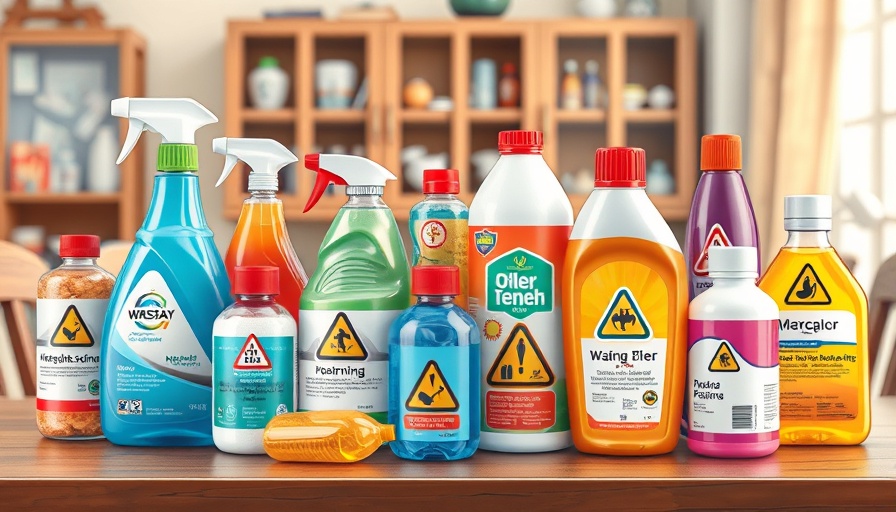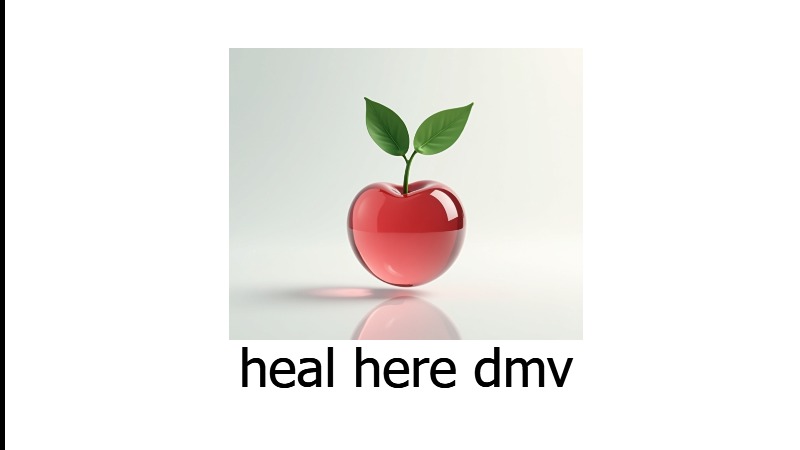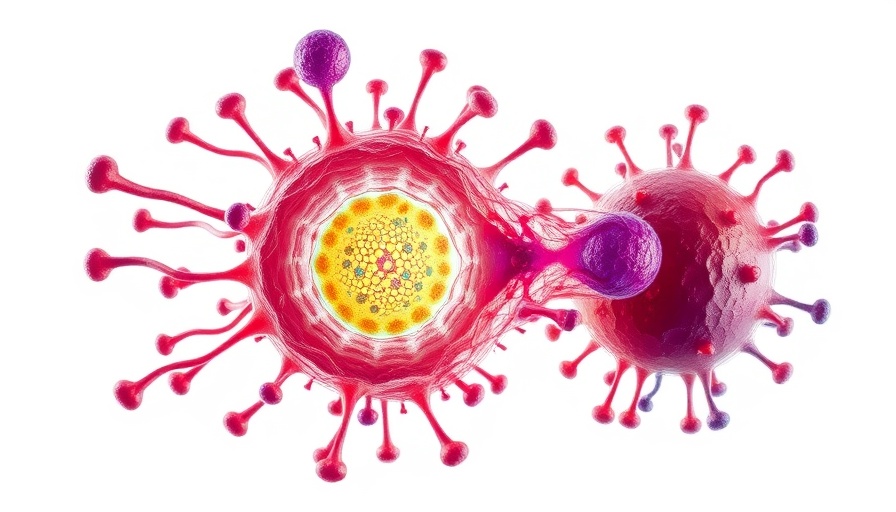
A Hidden Danger: Understanding Poison Prevention Month
As March rolls around, we are reminded to pay extra attention to an overlooked aspect of our homes: poison safety. With most parents viewing their residences as safe sanctuaries, it’s shocking to learn that every year in the United States, over 2 million poison exposures occur, with children under six representing nearly half of those cases. Understanding Poison Prevention Month is crucial for every family, as it can help save lives.
Recognizing Household Toxicity Hazards
Everyday items in our homes, from cleaning supplies to medications, can pose serious risks if not handled correctly. Cleaning products are often the top culprits; substances like bleach and drain cleaners contain harsh chemicals that can cause severe burns or even permanent organ damage if ingested improperly. Additionally, medications—both prescription and over-the-counter—can be dangerous. Kids might mistake colorful pills for candy, leading to accidental poisonings, while adults could accidentally take improper doses in a dimly-lit room.
Then there are personal care products. While seemingly innocuous, items like mouthwash can contain critically high alcohol levels, and hand sanitizers can lead to alcohol poisoning. Even your garage can harbor dangers; antifreeze, often appealing to children due to its sweet taste, can destroy kidneys, while many fertilizers and pesticides can have lethal consequences.
Creating a Poison-Safe Environment
To foster a poison-safe environment, several steps should be meticulously followed. First, keep dangerous items in their original packaging; repackaging can lead to confusion about what’s in a container. Next, ensure that hazardous materials are stored out of reach of curious hands. Child-resistant latches are a must for cabinets holding potentially toxic substances, but remember that such locks are not foolproof. Caution is the best policy!
Equally important is the practice of reading labels thoroughly. Mixing incompatible cleaning agents can produce hazardous chemical reactions; for instance, combining bleach with ammonia creates toxic gas that could lead to emergency room visits. Understanding these risks is essential.
Immediate Action: When Poisoning Occurs
Despite our best efforts, accidents can happen. In those moments, knowing what to do is vital. Stay calm and assess the situation. If someone has stopped breathing, call 911 immediately—time is of the essence. For other poison-related incidents, save the direct line to poison control: 1-800-222-1222. These experts are available 24/7, guiding you through what to do next at no charge. Please avoid inducing vomiting unless directed by professionals, as some substances can cause more harm if brought back up. Additionally, always save the product container for emergency responders to determine the best course of treatment.
Building Lifelong Safe Habits
Forming safe habits around poison prevention takes time but can dramatically reduce risks. Conduct a routine check around your home at least once a month for expired products or damaged containers. Dispose of hazardous materials properly, using local collection programs available in your community.
Start instilling awareness in children early by teaching them about potential dangers. When toddlers can grasp simple warnings about ‘yucky’ things, older kids can begin to understand the gravity of poison safety. Conversing about these dangers should evolve as they age, adapting to new hazards that might appear with changing seasons. Keep the lines of communication open year-round to ensure this important lesson sticks.
Inspiring Community Action
Communities can come together to foster awareness about poison prevention. Schools and local organizations like health fairs can provide resources and education to empower families with knowledge. Town hall meetings can serve as platforms to discuss household safety, allowing for community-driven initiatives to exchange ideas and tips for maintaining a safe environment.
Conclusion: Take Charge of Your Family’s Safety
Poison Prevention Month serves as an essential reminder for all families to re-evaluate safety measures. By proactively engaging in discussions and actions to mitigate risks, families can ensure a safer home for their loved ones. Remember, knowledge is power. For further guidance, consult with health care professionals at local centers like the Center for Family Medicine. Let's work together to transform our homes into true sanctuaries, free of unseen dangers.
 Add Row
Add Row  Add
Add 



Write A Comment